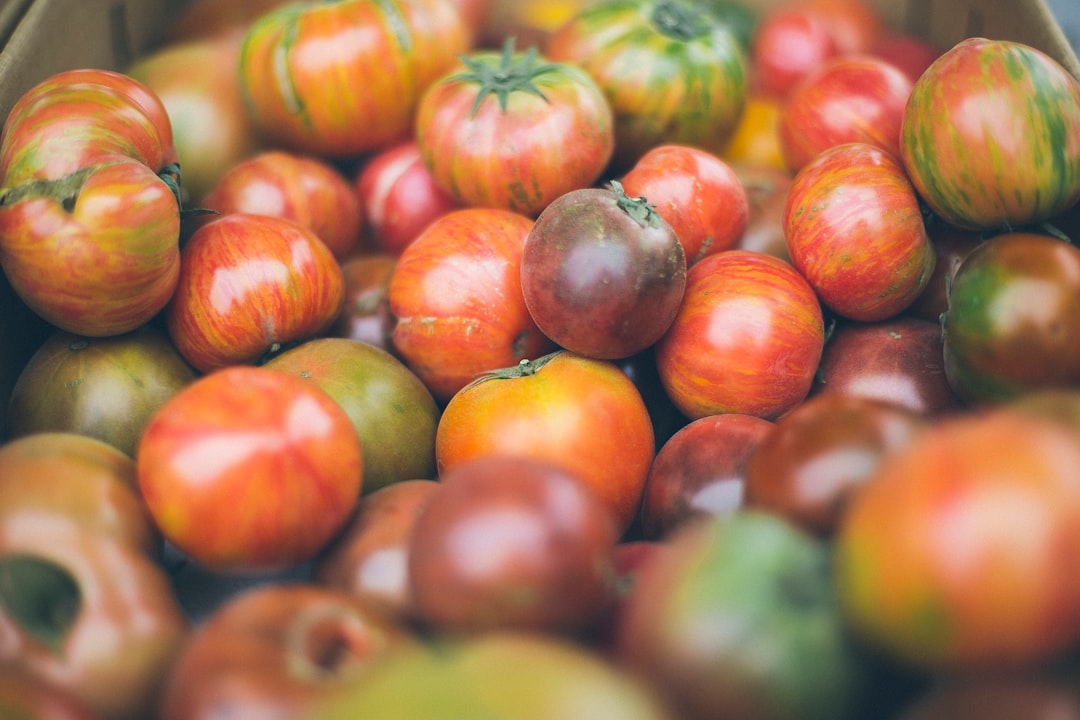Container gardening is a fantastic way to grow fresh vegetables, whether you have a small balcony, patio, or even just a sunny windowsill. With the right setup, you can enjoy homegrown produce like juicy tomatoes, crisp lettuce, and flavorful herbs—all without needing a traditional garden bed.
In this guide, we’ll cover everything you need to know about growing vegetables in containers, from choosing the right pots to selecting the best vegetables for your space.
Why Grow Vegetables in Containers?
Container gardening is perfect for urban dwellers, renters, and anyone looking to maximize their growing space. Here’s why:
✅ Space-Saving – Great for small spaces like balconies, patios, or rooftops.
✅ Portable – Move plants to adjust for sunlight, shade, or seasonal changes.
✅ Pest & Weed Control – Containers help reduce issues with ground pests and weeds.
✅ Custom Soil & Drainage – You can control the soil mix for healthier plants.
✅ Extended Growing Season – Move plants indoors or protect them from frost when needed.
Best Vegetables for Container Gardening
Not all vegetables grow well in containers, but many thrive in confined spaces. Below are some of the easiest and most productive container-friendly vegetables:
1. Tomatoes 🍅
One of the most popular container vegetables, tomatoes need deep containers (at least 5 gallons) to accommodate their roots.
-
Best Varieties for Containers:
-
Cherry Tomatoes (e.g., ‘Sweet 100’, ‘Sungold’)
-
Determinate (Bush) Tomatoes (e.g., ‘Roma’, ‘Patio Princess’)
-
-
Container Size: 12–18 inches deep
-
Support Needed: Yes—use stakes or cages for stability.
-
Sunlight: Full sun (6–8 hours/day)
-
Watering: Regular, deep watering to prevent cracking and blossom-end rot.
2. Salad Greens (Lettuce, Spinach, Arugula, Kale) 🥗
Fast-growing and low-maintenance, leafy greens thrive in shallow containers (6–8 inches deep).
-
Best Varieties for Containers:
-
Leaf lettuce (e.g., ‘Black-Seeded Simpson’, ‘Buttercrunch’)
-
Spinach (e.g., ‘Bloomsdale’, ‘Baby Spinach’)
-
Arugula, Kale, Swiss Chard
-
-
Container Size: 6–8 inches deep
-
Sunlight: Partial sun to full sun (4–6 hours/day)
-
Watering: Keep soil evenly moist.
🌱 Tip: Harvest leaves regularly for continuous growth.
3. Peppers (Bell Peppers, Chili Peppers, Jalapeños) 🌶️
Peppers love warm weather and grow well in containers with at least 3–5 gallons of space.
-
Best Varieties for Containers:
-
Bell Peppers (‘Mini Belle’, ‘California Wonder’)
-
Hot Peppers (‘Jalapeño’, ‘Habanero’, ‘Thai Chili’)
-
-
Container Size: 12 inches deep (at least 3 gallons)
-
Sunlight: Full sun (6–8 hours/day)
-
Watering: Water deeply when the top inch of soil is dry.
🌱 Tip: Peppers like warm roots—try using dark-colored pots to absorb heat.
4. Cucumbers 🥒
Cucumbers need deep containers and support structures like trellises to grow upright.
-
Best Varieties for Containers:
-
Bush Varieties (‘Spacemaster’, ‘Patio Snacker’)
-
Vining Varieties (‘Marketmore’, ‘Lemon Cucumber’) – need trellis
-
-
Container Size: 5 gallons (minimum 12 inches deep)
-
Sunlight: Full sun (6+ hours/day)
-
Watering: Keep soil consistently moist—cucumbers dry out quickly.
🌱 Tip: Use a trellis for vining types to save space and improve airflow.
5. Carrots & Radishes 🥕
Root vegetables like carrots and radishes need deep containers to grow properly.
-
Best Varieties for Containers:
-
Carrots (‘Nantes’, ‘Parisian’, ‘Little Fingers’)
-
Radishes (‘Cherry Belle’, ‘Easter Egg’, ‘French Breakfast’)
-
-
Container Size: 10–12 inches deep for carrots, 6 inches for radishes
-
Sunlight: Full sun (6 hours/day)
-
Watering: Keep soil evenly moist.
🌱 Tip: Loose, well-draining potting mix helps roots grow straight.
6. Herbs (Basil, Mint, Parsley, Thyme, Rosemary, etc.) 🌿
Herbs are perfect for small containers and can even grow on windowsills.
-
Best Herbs for Containers:
-
Basil – Needs full sun, frequent harvesting.
-
Mint – Very invasive; best kept in its own pot.
-
Parsley, Thyme, Rosemary – Low-maintenance, drought-tolerant.
-
-
Container Size: 6–8 inches deep
-
Sunlight: Varies by herb (most need 4–6 hours of sun/day)
-
Watering: Water when the soil feels dry to the touch.
🌱 Tip: Grow multiple herbs together in one container for a mini herb garden!
Choosing the Right Containers
✔ Size Matters – Larger containers hold more soil, retain moisture better, and allow deeper root growth.
✔ Drainage Holes – Essential for preventing waterlogged roots and rot.
✔ Material Options:
-
Plastic: Lightweight and holds moisture well.
-
Terracotta/Clay: Looks great but dries out quickly.
-
Fabric Grow Bags: Breathable, promotes healthy root growth.
🌱 Tip: Use self-watering pots or trays to reduce watering frequency.
Potting Mix & Fertilizing
🚫 Avoid garden soil—it’s too dense and doesn’t drain well.
✅ Use a high-quality potting mix with:
-
Peat moss or coconut coir (for moisture retention)
-
Perlite or sand (for drainage)
-
Compost (for nutrients)
Fertilizing Schedule:
-
Leafy greens: Light feeding every 2–3 weeks.
-
Fruiting plants (tomatoes, peppers, cucumbers): Balanced fertilizer every 10–14 days.
-
Root vegetables: Use low-nitrogen fertilizer (to avoid too much leafy growth).
Watering & Maintenance
🚰 Watering Tips:
-
Check soil daily—containers dry out faster than garden beds.
-
Water in the morning to prevent evaporation.
-
Use a mulch layer to retain moisture and prevent weeds.
✂ Pruning & Harvesting:
-
Regularly prune tomatoes and peppers to promote airflow and fruit production.
-
Harvest salad greens and herbs frequently to encourage more growth.
Final Thoughts
Growing vegetables in containers is a rewarding way to enjoy fresh, homegrown food—even in small spaces! By choosing the right containers, soil, and watering routine, you can cultivate a thriving vegetable garden on a patio, balcony, or even indoors.
🌿 Whether you’re harvesting cherry tomatoes, crisp lettuce, or fresh basil, container gardening makes it easy and accessible for anyone to grow delicious produce at home.
🌱 What will you grow this season? Let me know your favorite container gardening veggies in the comments!

Comments
No comments yet. Be the first to comment!
You must be logged in to comment. Login